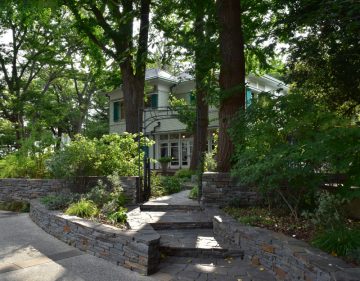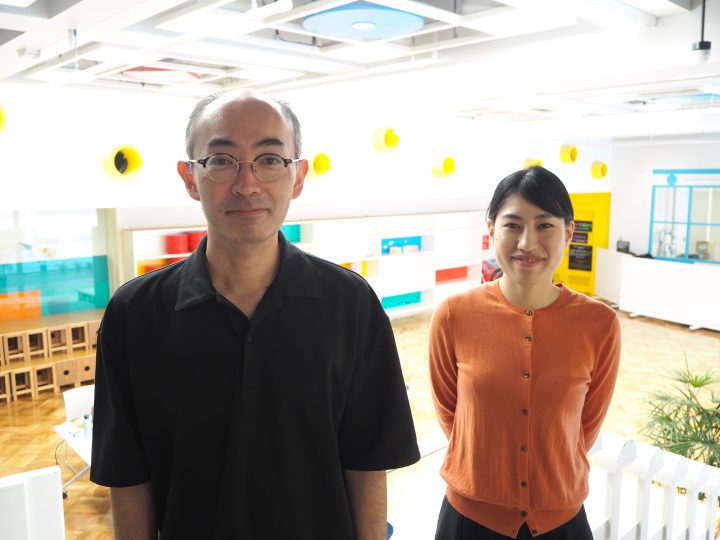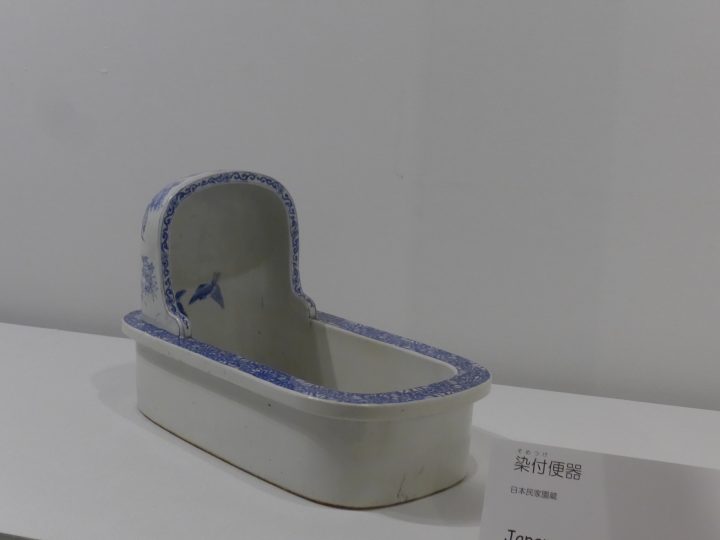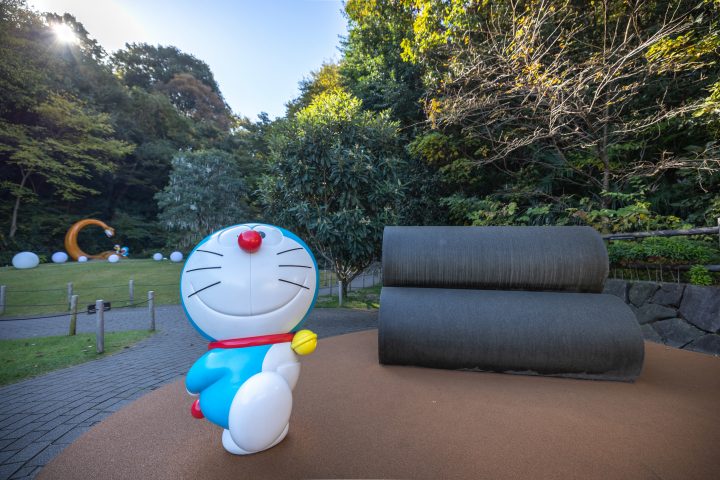Tracing the history of poop and toilets, which supported Japan's development!
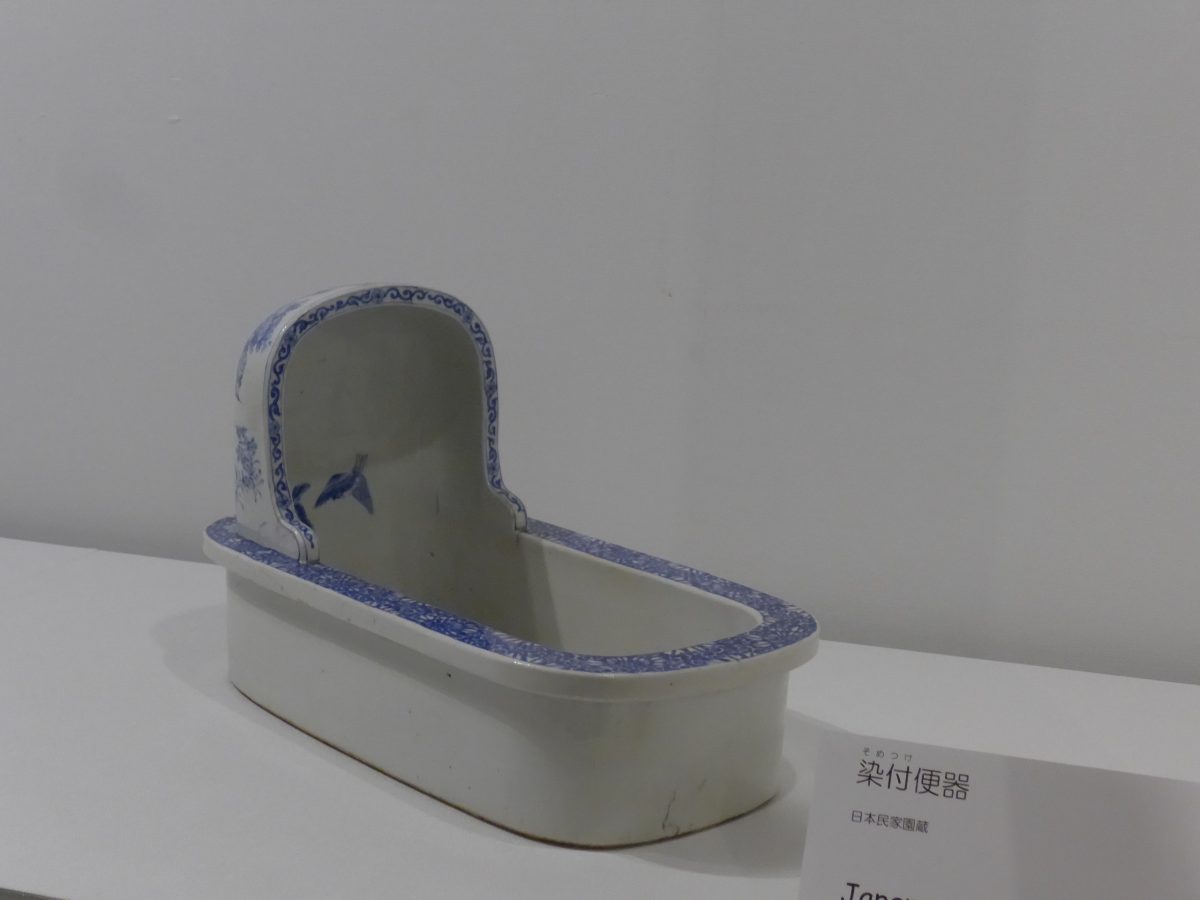
A world of art to visit, see and feel
File.26 Kawasaki Municipal Japanese Folk House Museum " Poop and Life - From Toilets to Fertilizer "
Miyuki Inoue (Magcal Editorial Department)
Kawasaki Municipal Japanese Folk House Museum in Ikuta Ryokuchi is an open-air museum with a total of 25 old folk houses, including 7 nationally designated Important Cultural Properties, scattered across a spacious site of about 30,000 square meters. The lush garden, where you can enjoy flowers throughout the seasons, is perfect for a picnic.
In this peaceful setting, a rather unique special exhibition is being held.
The title is "Life with Poop: From Toilets to Fertilizer."
What a straightforward title. I have to go for it!
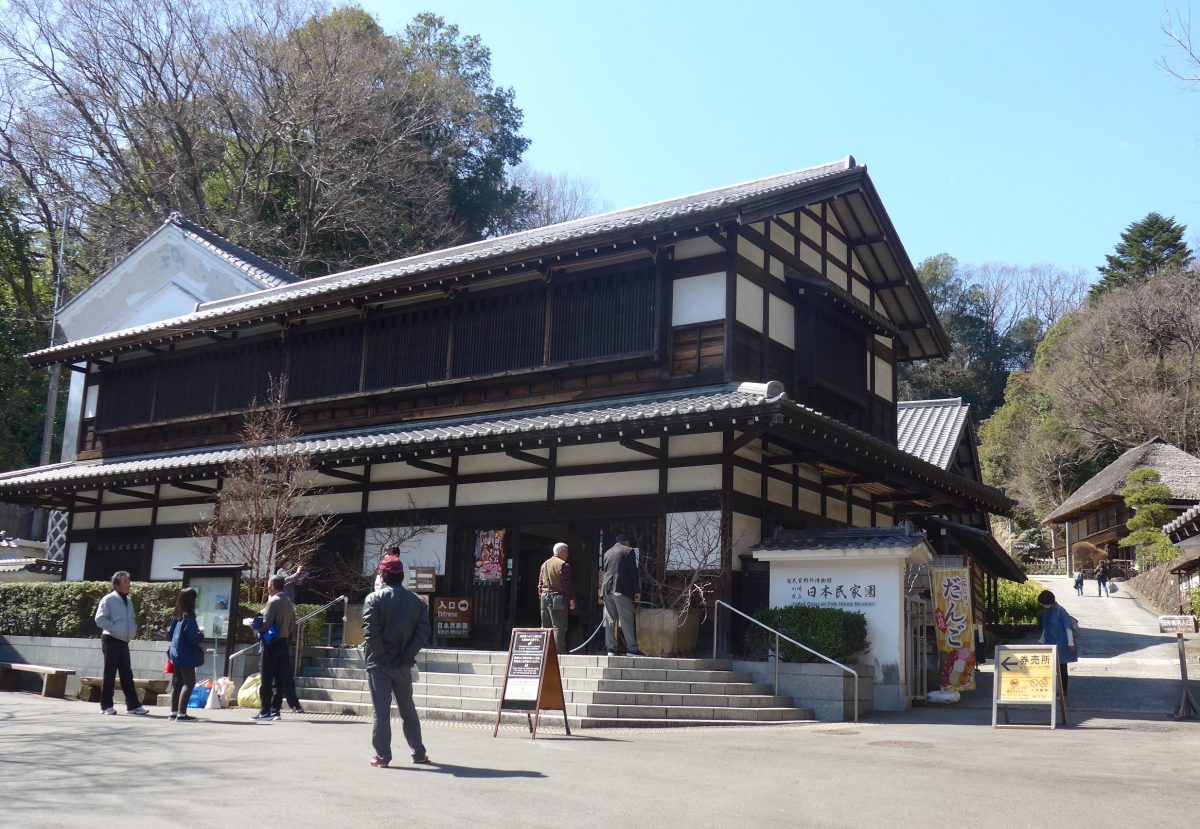
After purchasing your ticket at the main entrance, first visit the exhibition room in the main building.
The exhibition is divided into four chapters, beginning with an introduction to the various tools that have been used in toilets, which are an indispensable part of our daily lives, and going on to provide easy-to-understand displays of how human waste has been used and treated.
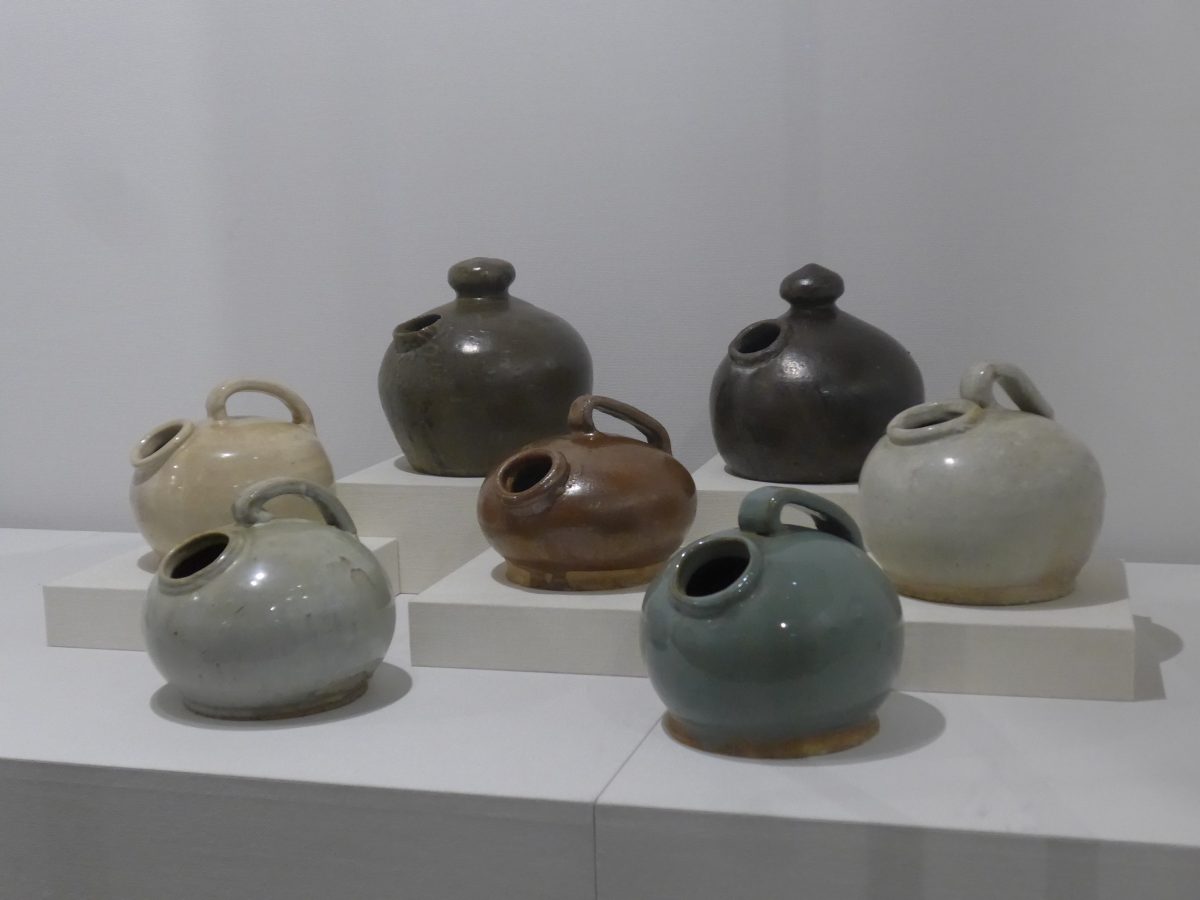
Although the title refers to "poop," let's start with the urinal collection.
The plump shape is cute and the colors are colorful. The rakugo story "Shibin" begins with a samurai visiting an antique shop and buying what he thinks is a flower vase, but it seems like something that could really happen.
These are a urinal and footrest for men. Perhaps it is the "beauty of utility" that makes them look so natural even when displayed in a display case.
It also introduces the history of using feces as fertilizer, and the fact that Kawasaki City was the first in the country to use a vacuum truck. It is a compact exhibition, but if you look closely, you will find that it is surprisingly deep.
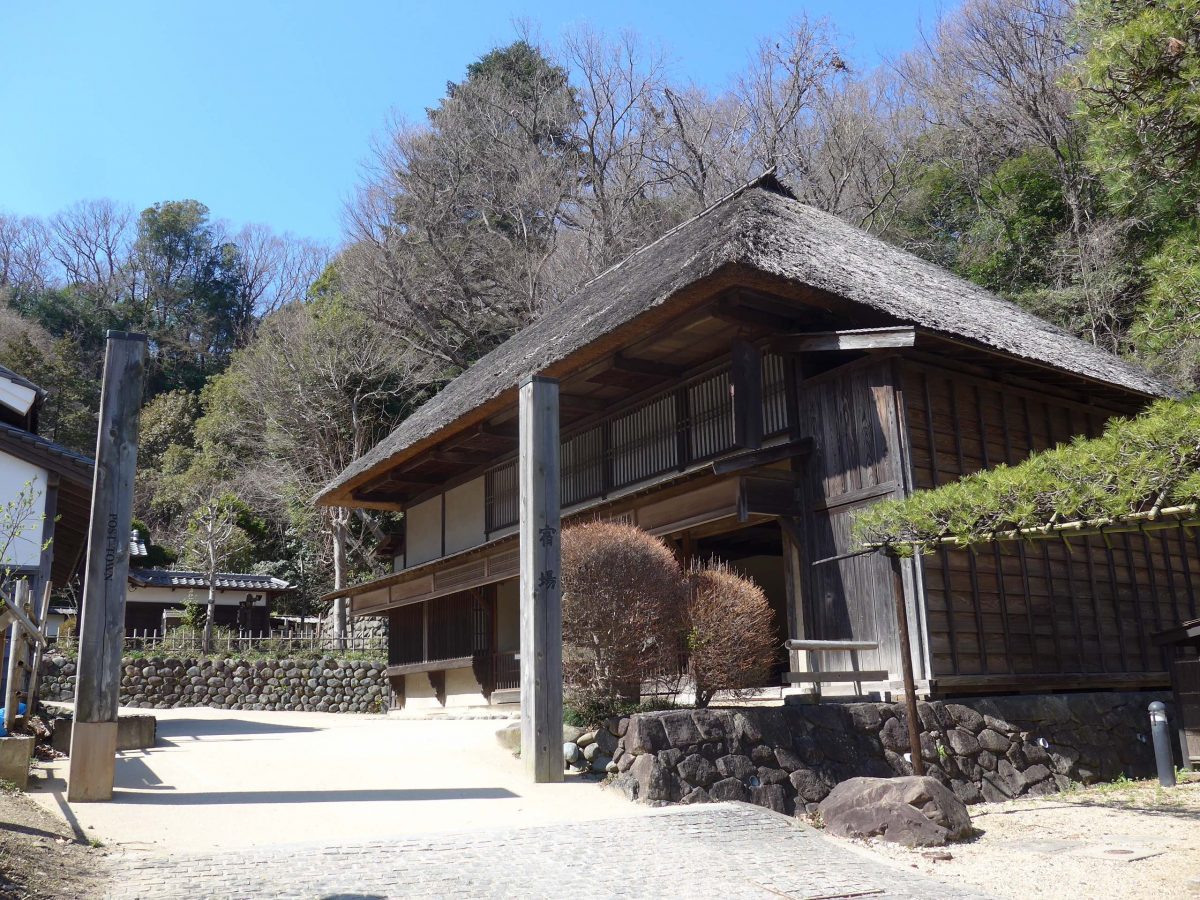
After learning about the process from toilets to fertilizer, let's do some field research in an old house in the park while looking at the "Obenjo Map."
Let's start with the Suzuki Residence, a horse inn (hatago) on the Ou Highway.
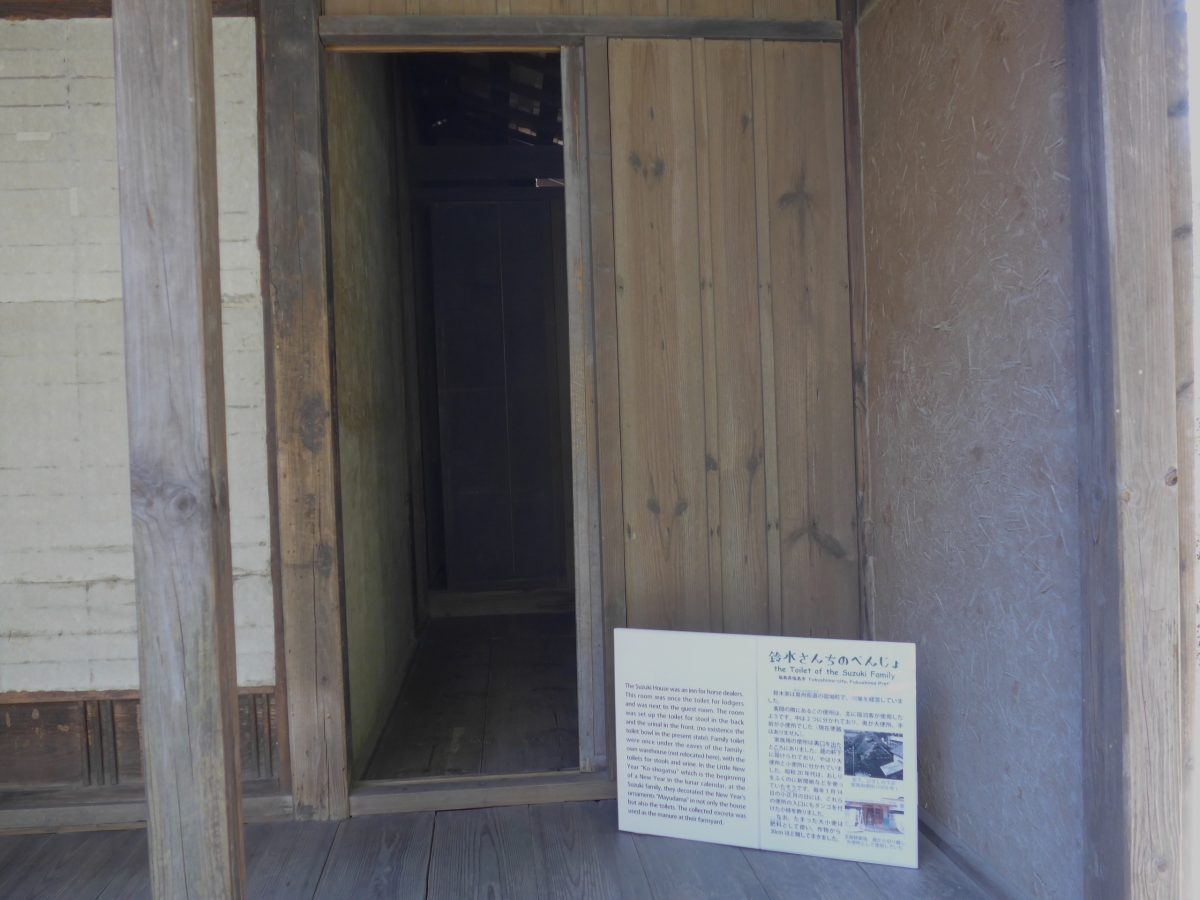
This is a toilet next to the guest room, and was apparently used mainly by hotel guests. Inside is divided into two areas: a toilet and a urinal.
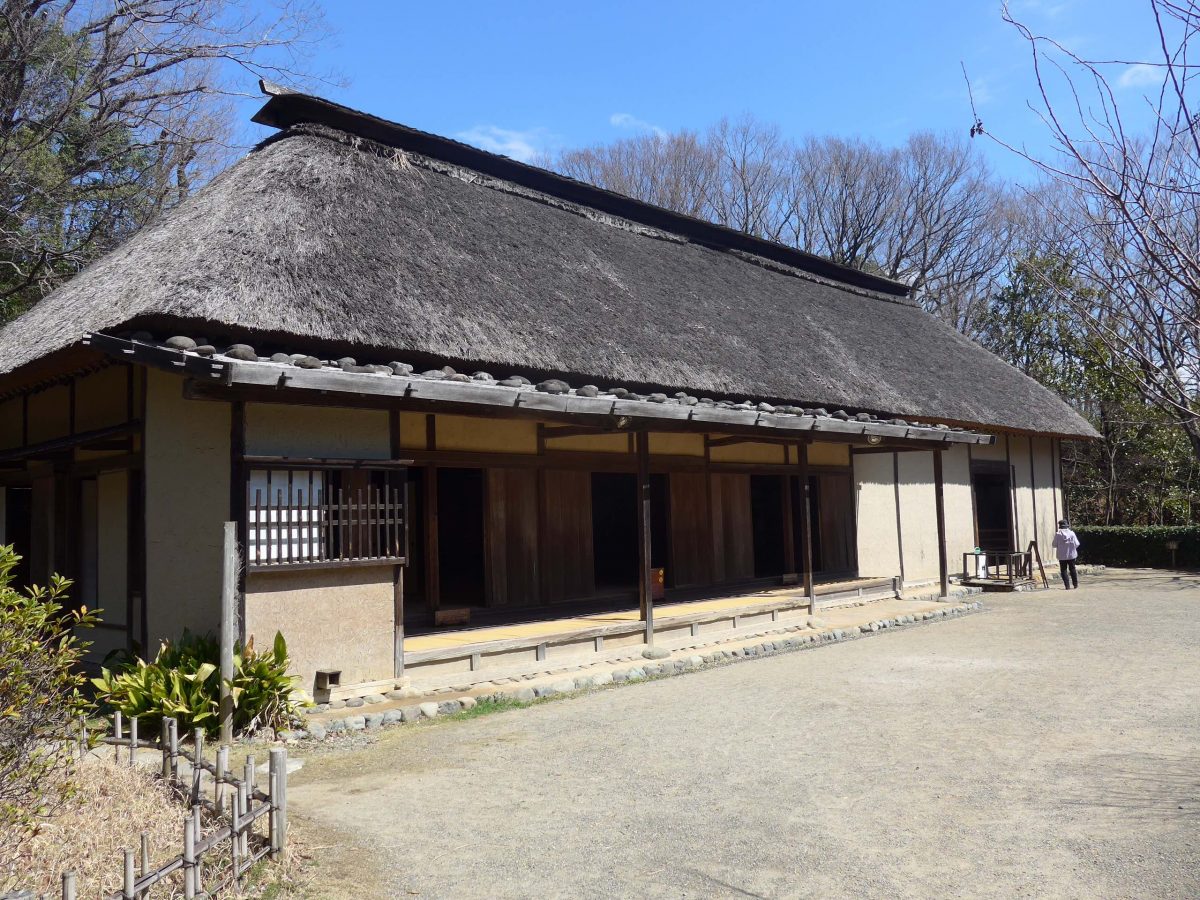
Next up is the Sasaki Family Residence in Shinshu.
The urinal next to the entrance (far right in the photo) was for family use. It was mainly for men, but women also used it when no one was around, which gives a sense of the easygoing times. The toilet was in a separate hut.

Because the Sasaki family was a village headman, they had a toilet for guests, such as government officials. It is usually not open to the public because it is located at the back of the room, but this time it is open to the public from the back.
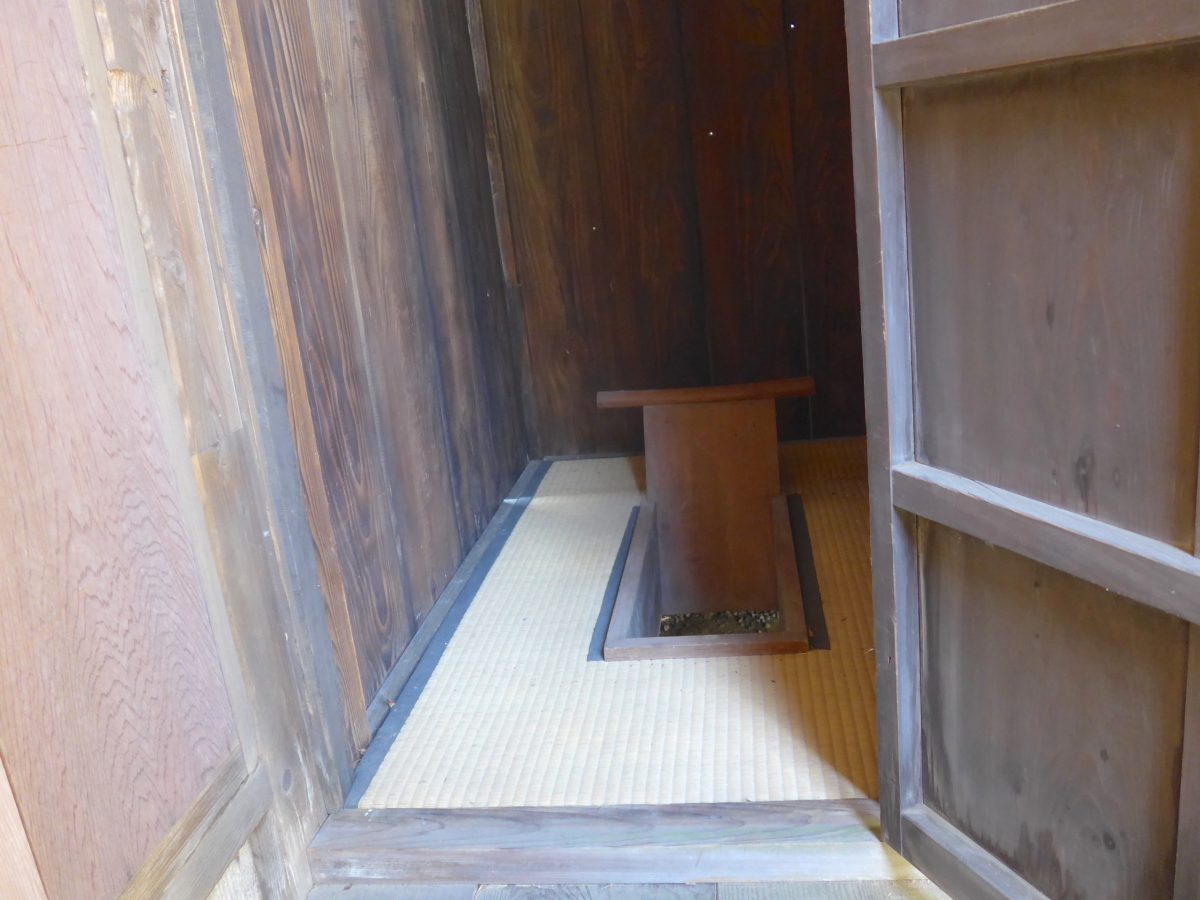
There are tatami mats laid out.
At that time, even the headman of the village did not use tatami mats in his daily life, so this must have been a fairly luxurious toilet.
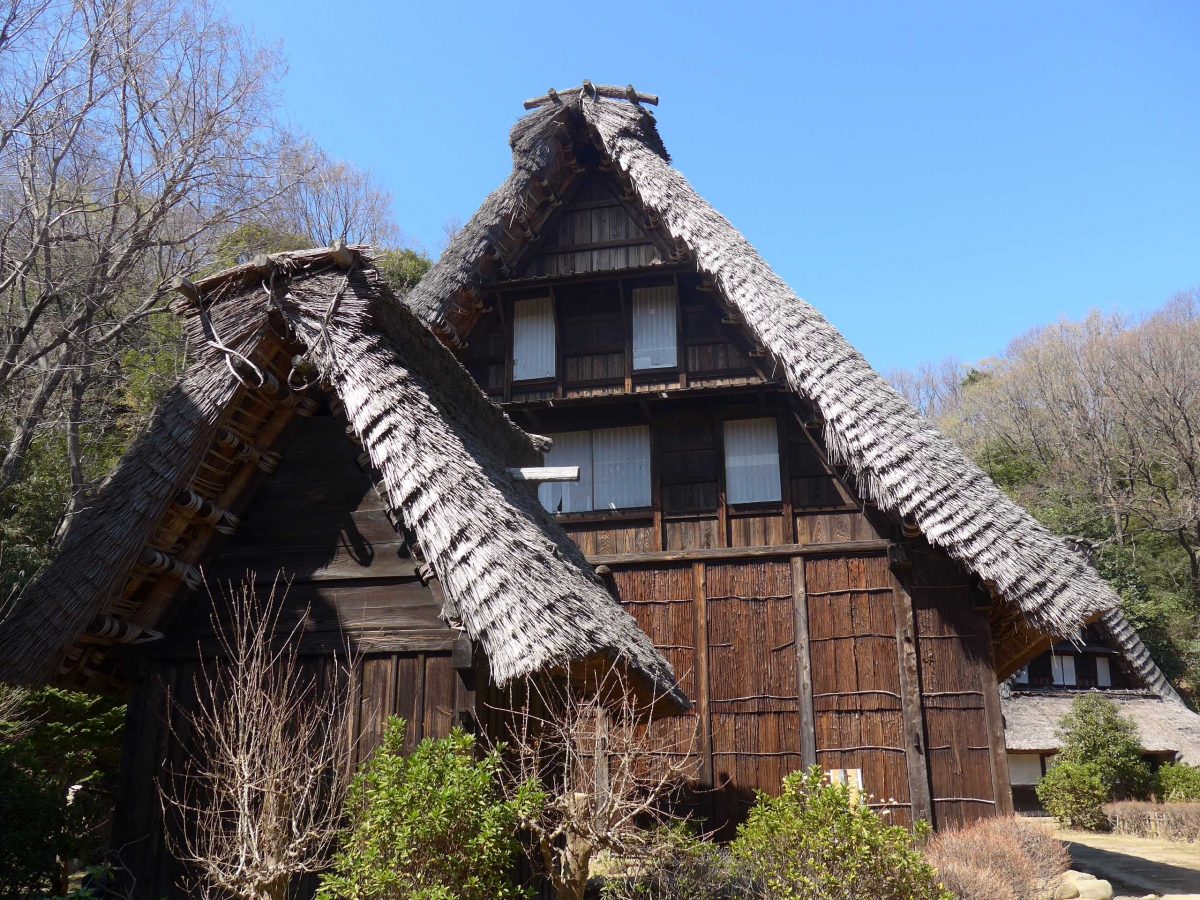
The Yamada House is built in the Gassho style, and even the toilets are built in the Gassho style!
The small hut in the foreground is a toilet called "henchagoya." It also served as a fertilizer shed and was connected to the main house by a covered bridge.
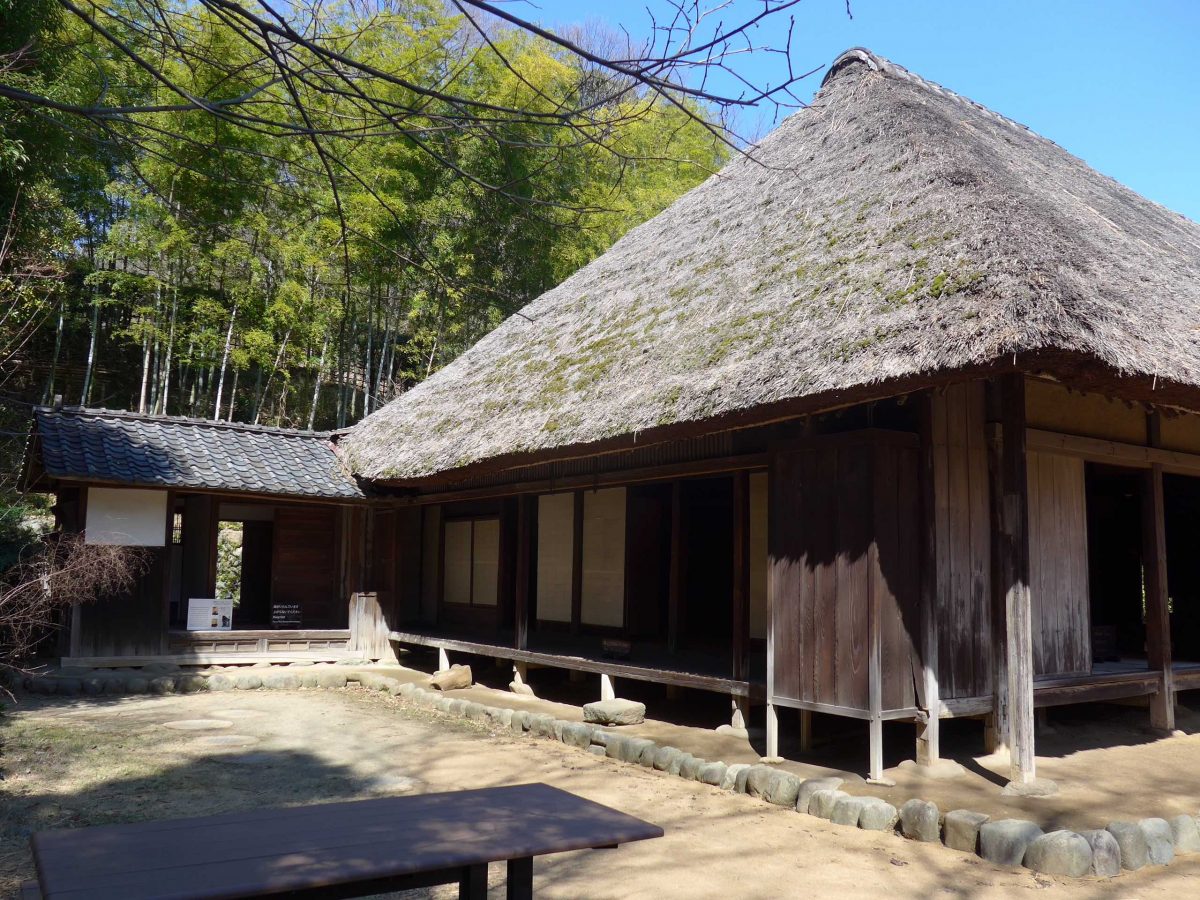
The Sakuda family home was once the home of beach seine fishing on Chiba Prefecture's Kujukuri Coast.
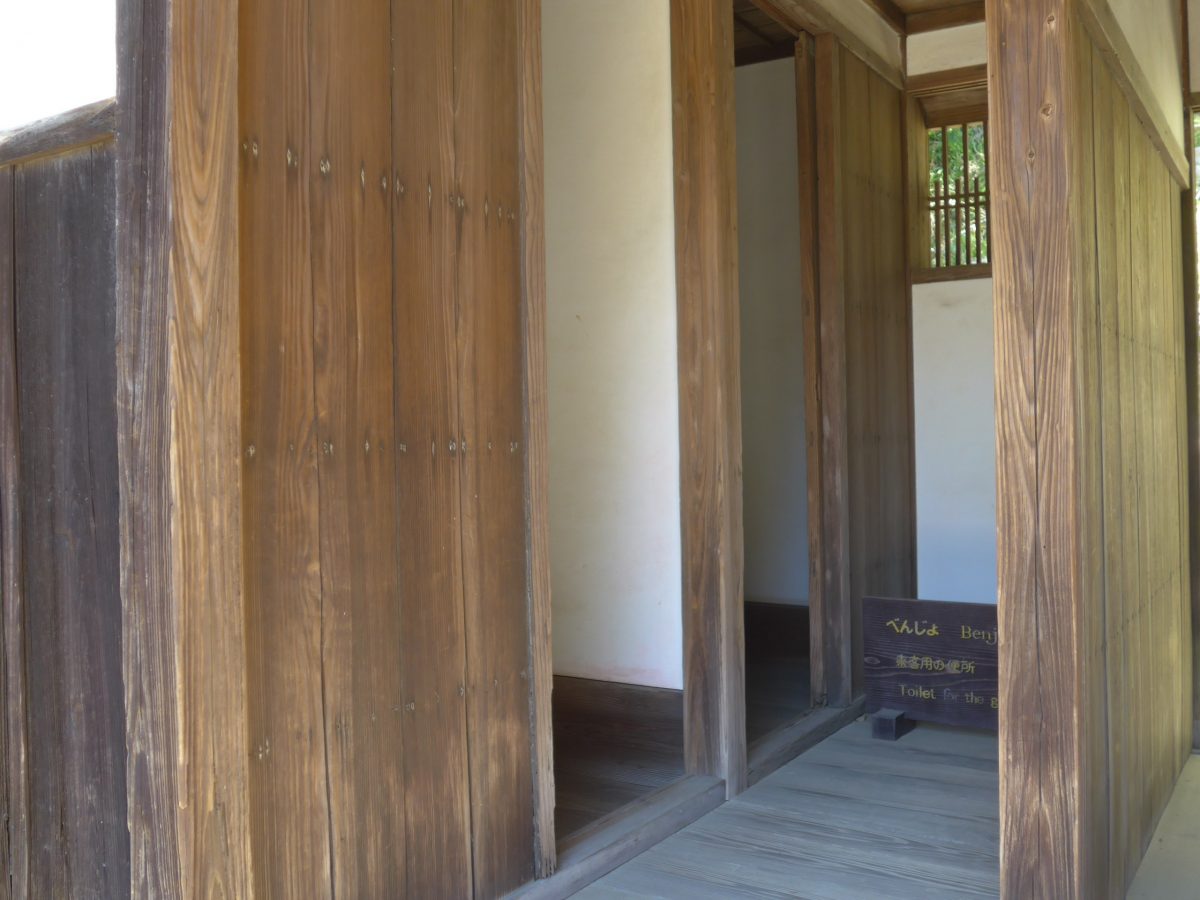
This is a toilet for visitors, with a urinal in the front and a toilet in the back.
Even though no one is using it, it still feels strange to "peek" into the toilet...
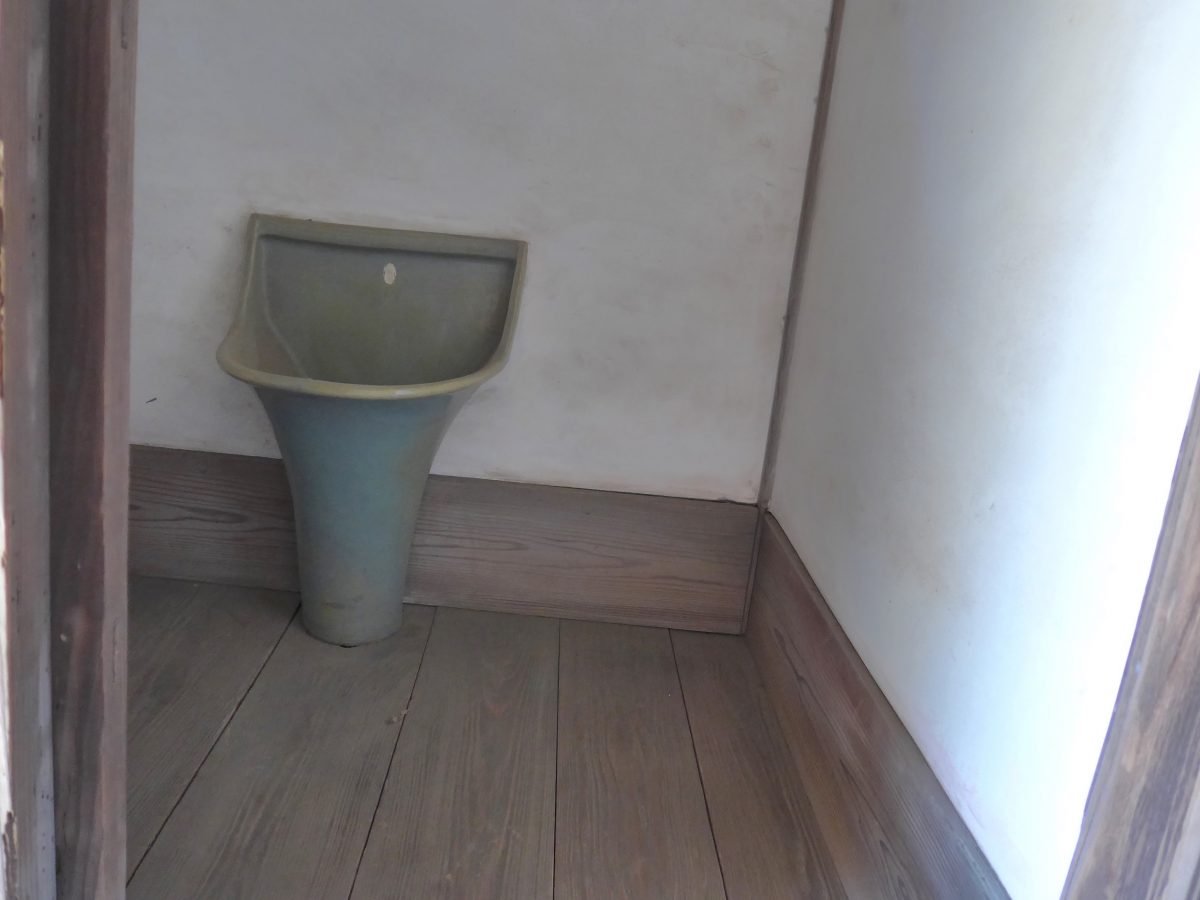
This is the urinal in the foreground. From my current perspective, it seems quite spacious.

This is the toilet in the back.
It may seem new to little children, but this shape was common before Western-style toilets became widespread.

The Kitamura House, which was relocated from Hadano City, Kanagawa Prefecture, was the home of a village headman and farmer who grew tobacco leaves.
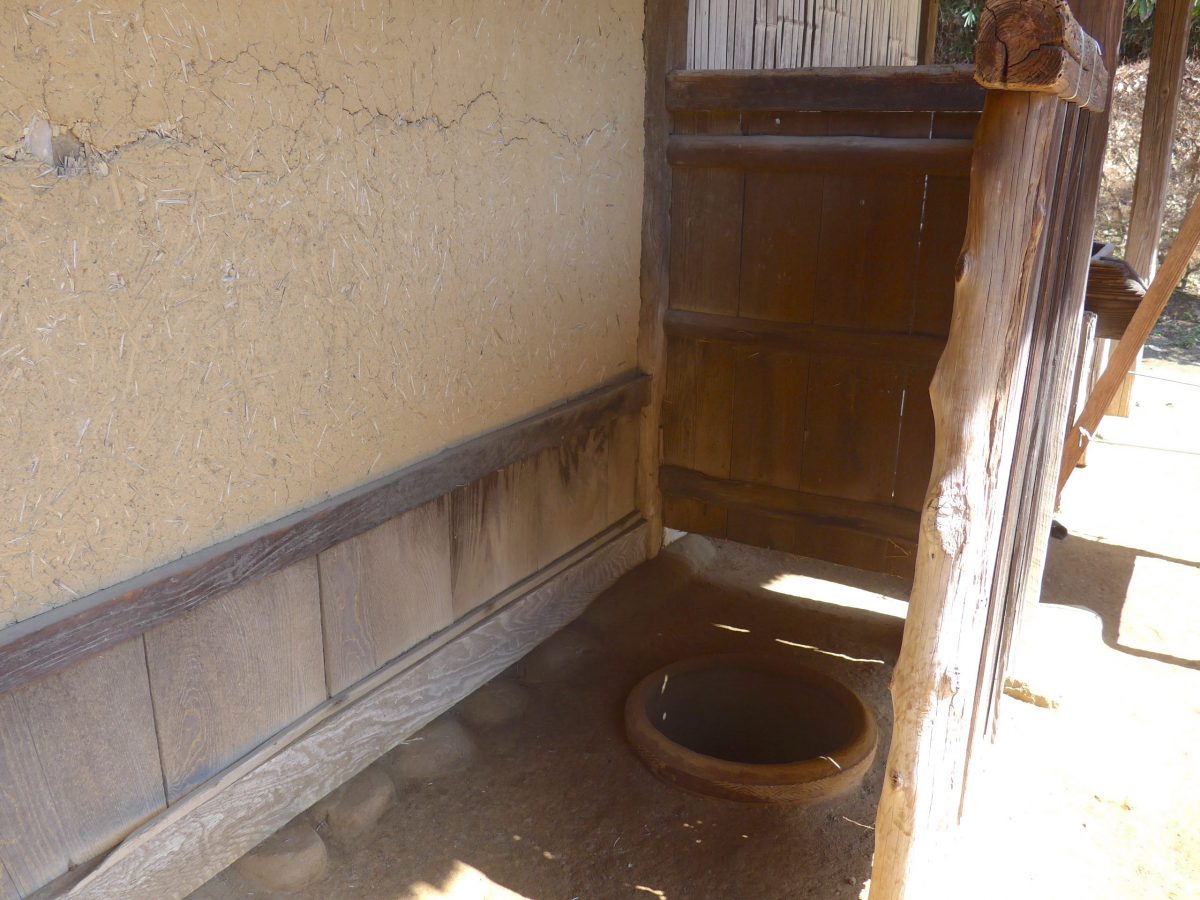
The family urinal is located next to the entrance, just like the Sasaki family's.
Apparently the toilet was in a separate hut, but the Kitamura family had the children clean it every morning, as they believed that "if the toilet is dirty, the house will not prosper."
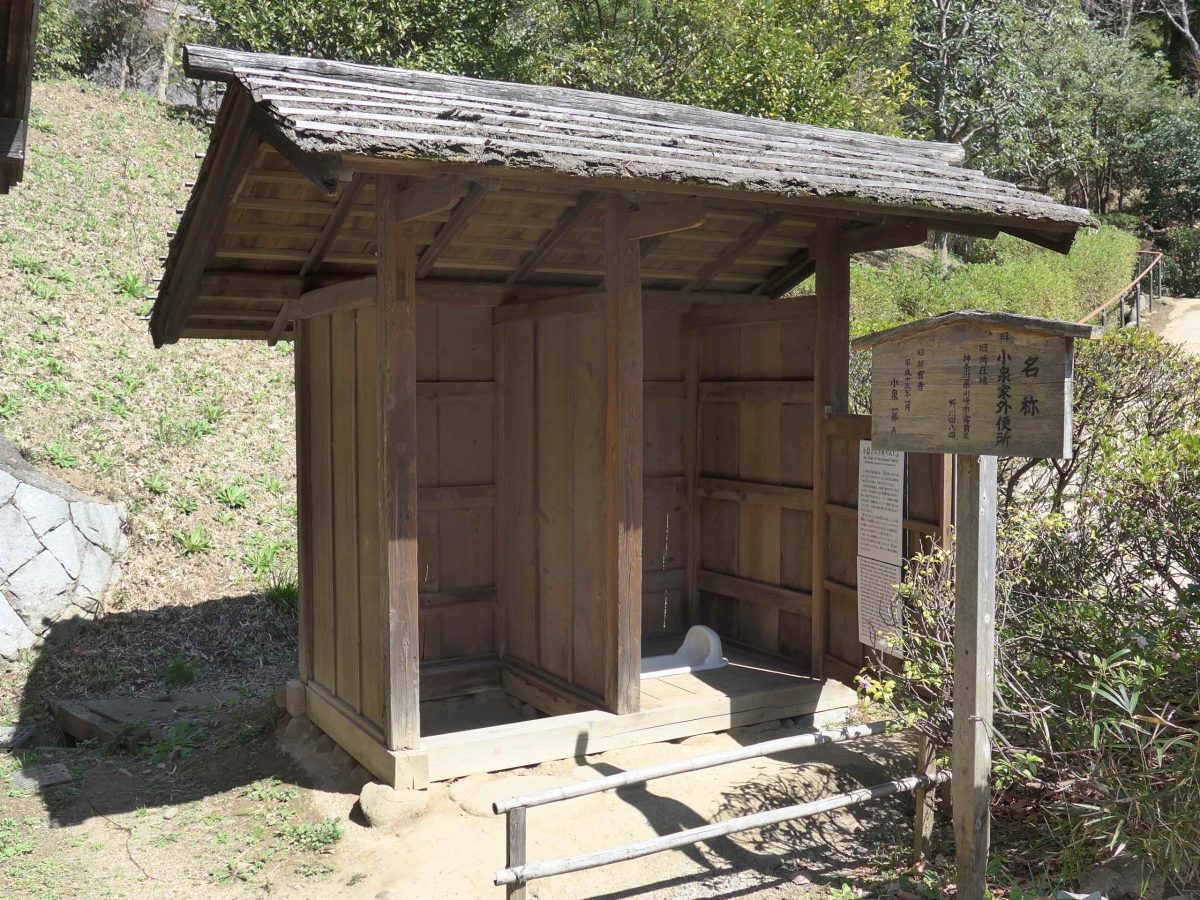
Next is the outdoor toilet of the Koizumi family in Kawasaki City, Kanagawa Prefecture. It was located behind the main house and was surrounded by a hedge so it couldn't be seen from outside.
The one on the right is for feces, and the one on the left is for urination. The feces and urine collected in the urinals were transferred to a compost pit, where they were left to ferment for two to three months before being used as compost for the fields. In the sense that it was essential for growing crops, there is no doubt that the compost made from feces and urine contributed to the development of Japanese society.

If you look into the "Farm Tool Shed Exhibition Room" next to it, you will see fertilizer barrels and other items on display.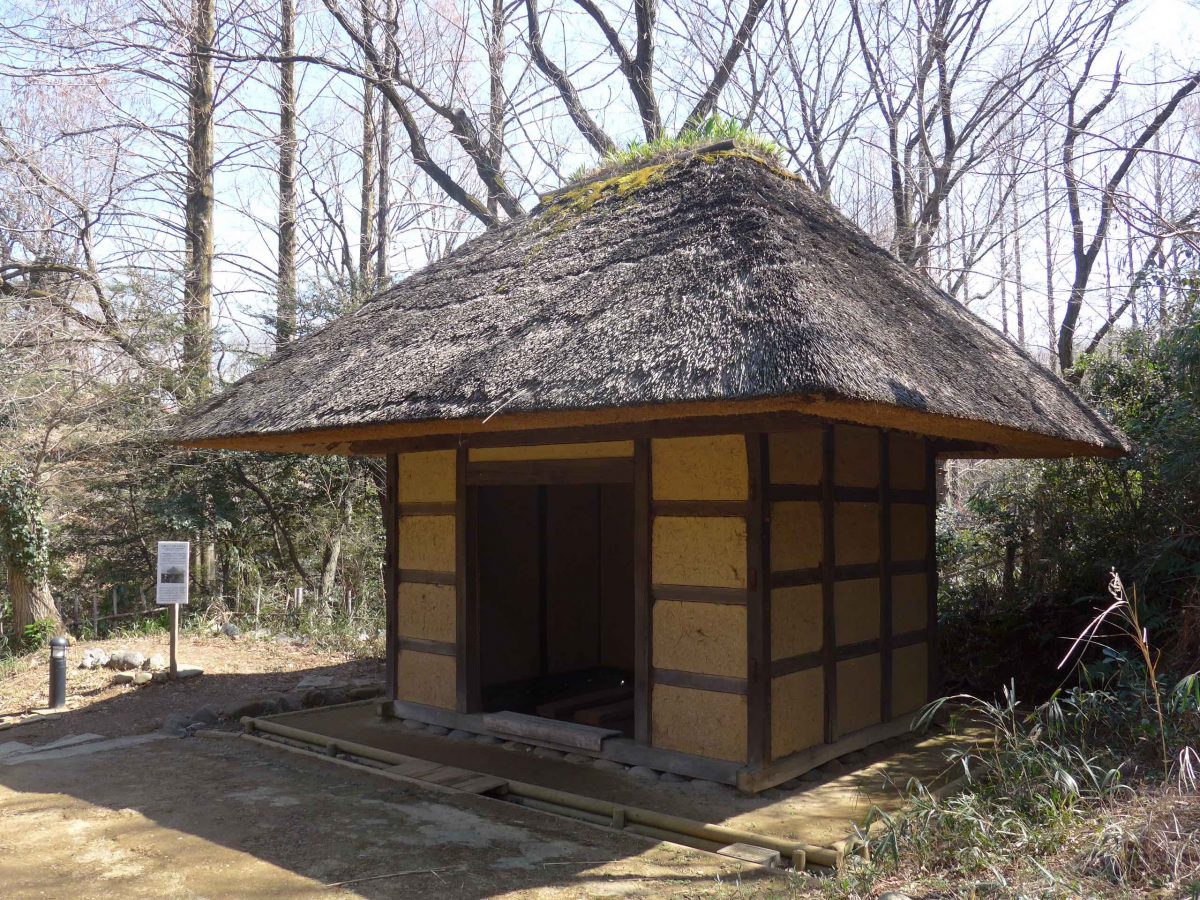
The last one is the toilet of the Kudo Family House, a nationally designated important cultural property that was relocated from Iwate Prefecture. It is a large building for a toilet, but it also served as a storage room, and apparently it was used to store ashes from the hearth to be used as fertilizer.
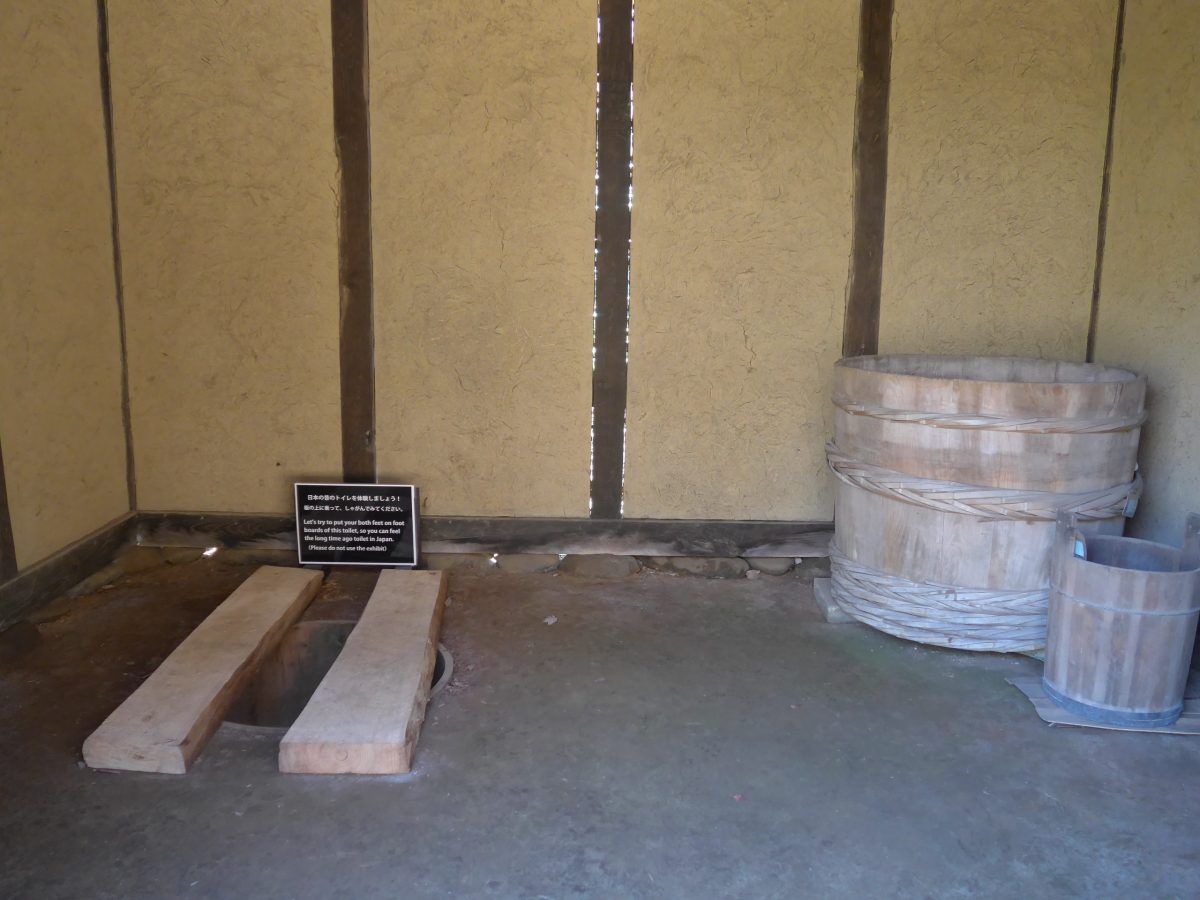
The inside looks like this. It has a simple structure with two boards placed over the "pit basin" that holds feces. You can even stand on the boards here, so you can straddle the pit basin and experience the feeling of the past.
However, please note that it is not allowed to actually use it.
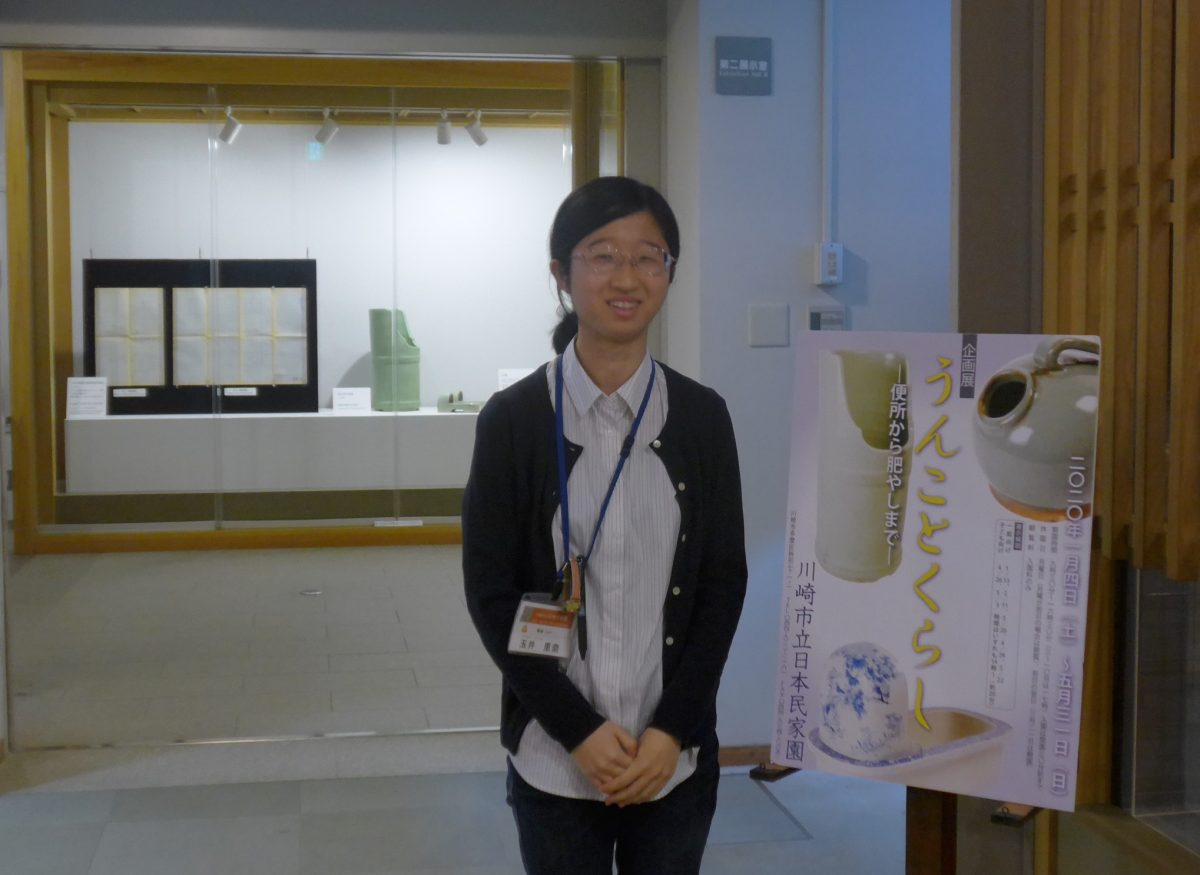
"Old houses, of course, have toilets. These are popular with children, so I thought it would be great to hold an exhibition focusing on them someday. This is a rare opportunity to think about what happens to the things that come out of the toilet."
" said curator Rina Tamai.
In the past, feces and urine collected from toilets were effectively used as nutritious fertilizer for growing vegetables. It is natural that the nature of toilets will change with urbanization. However, as long as humans live, they will inevitably excrete and waste. With this exhibition as an opportunity, I would like to think about what happens "beyond" excretion, rather than just the end of it.
This event has ended.
"Life with poop: from toilets to fertilizer"
[Dates] Until May 31, 2020 (Sun)
[Time] 9:30-17:00
[Location] Kawasaki Municipal Japanese Folk House Museum, Main Building Exhibition Room
[Fee] Free (admission fee required)
